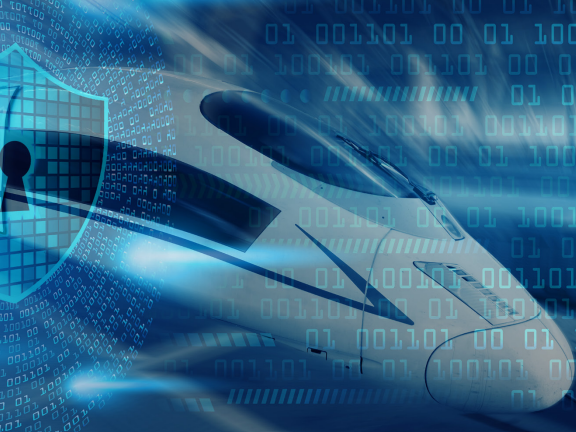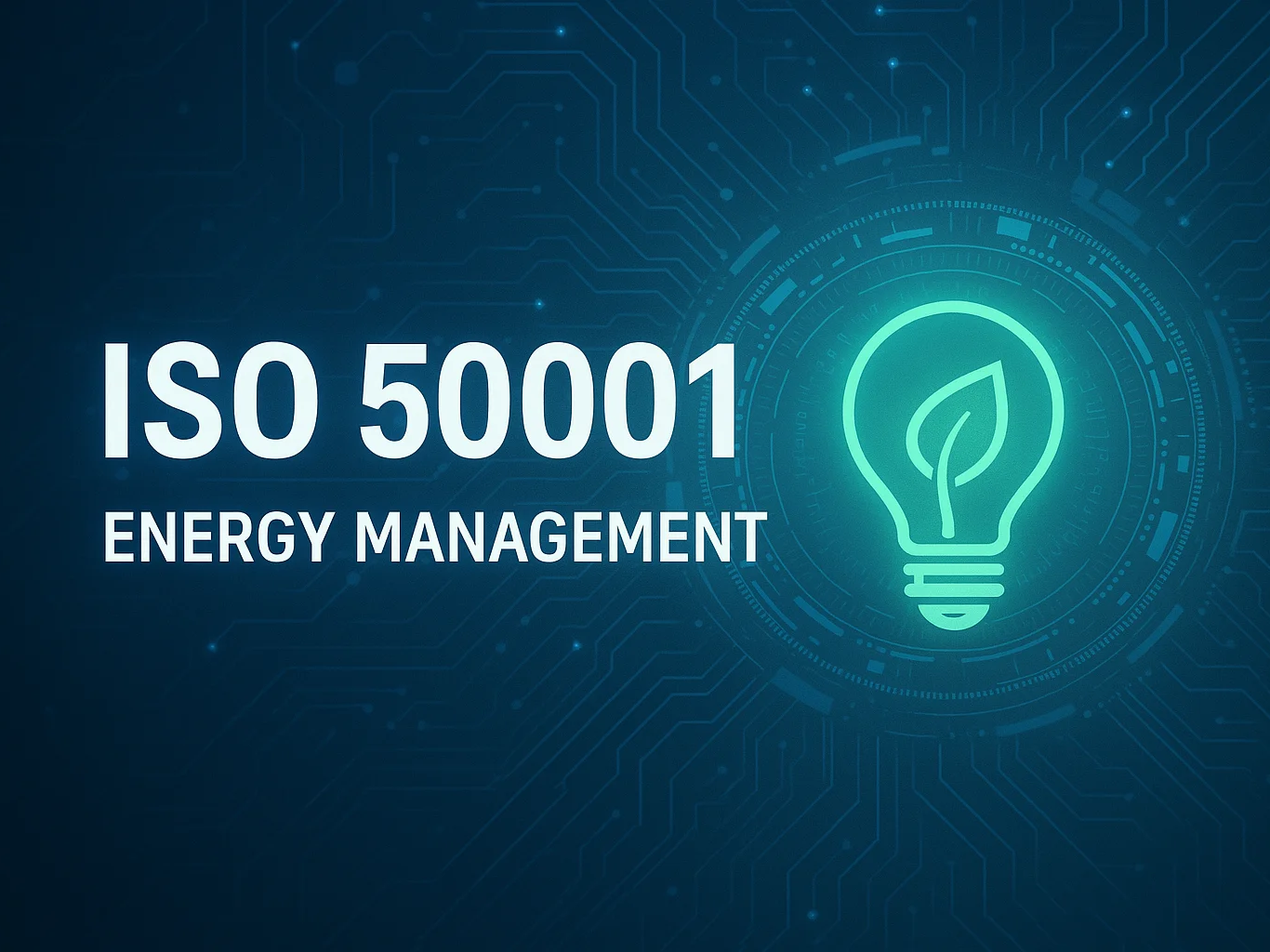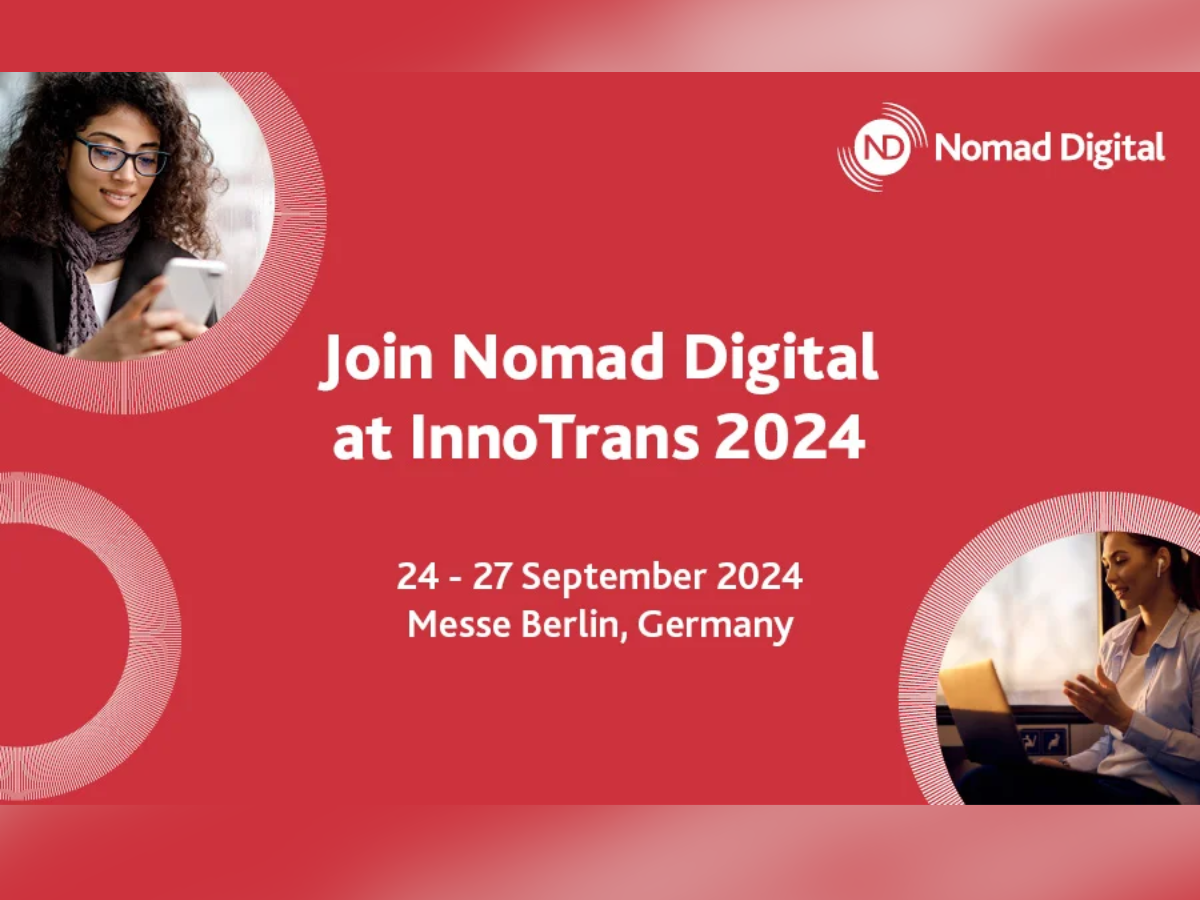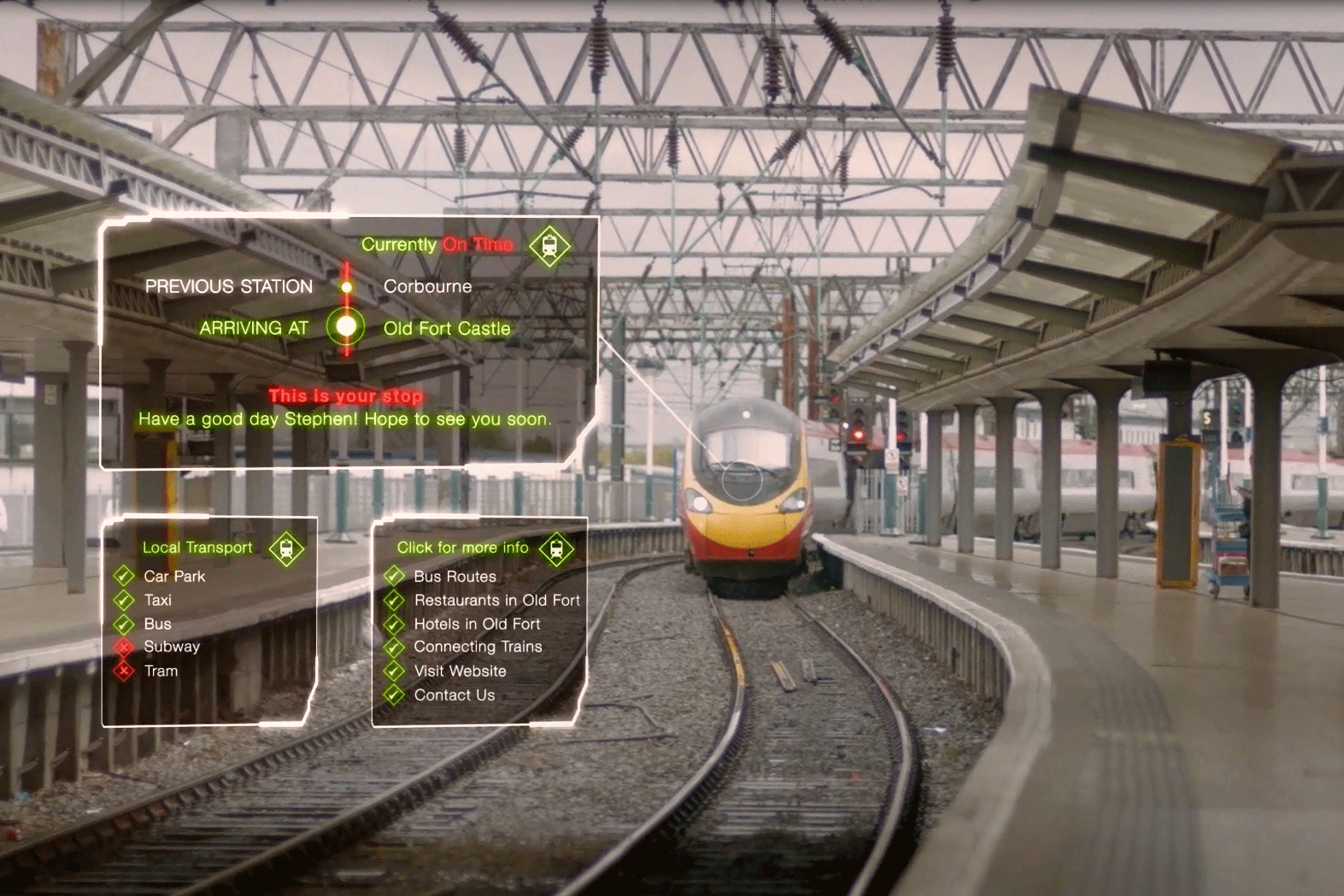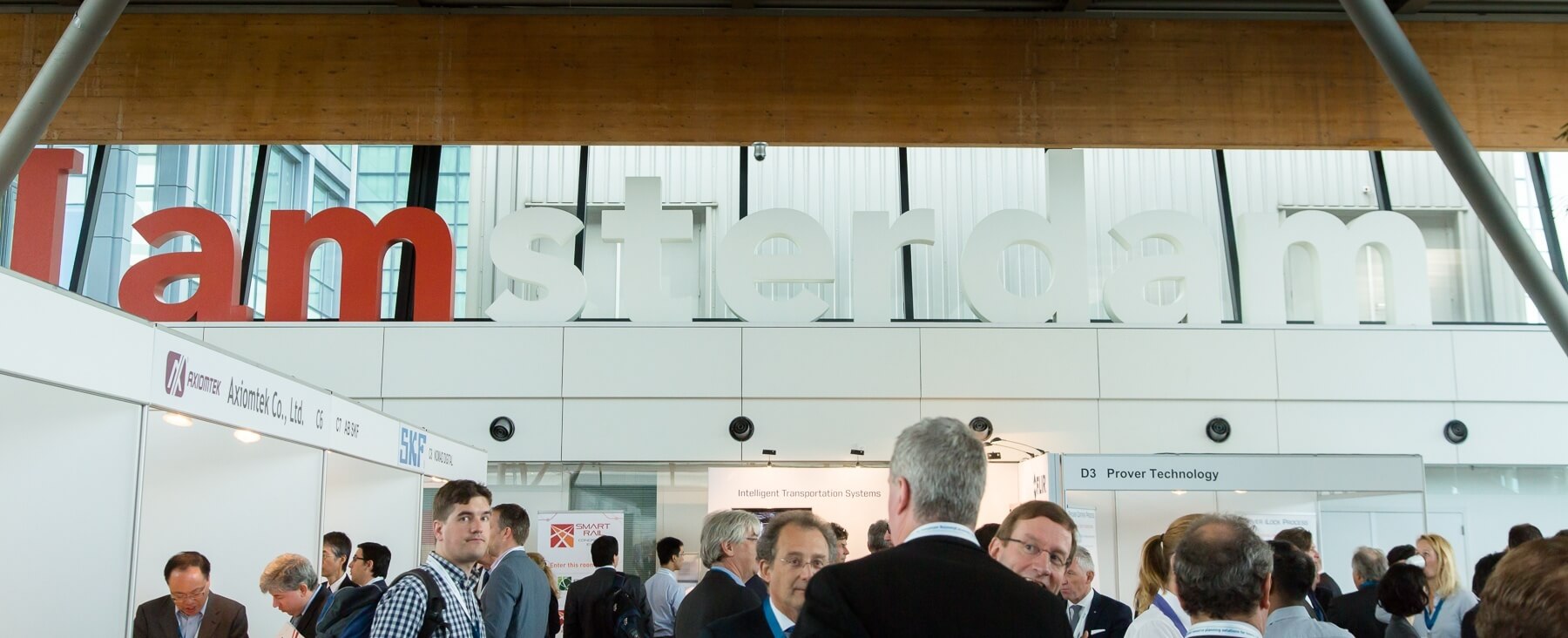The railway Industry is undergoing a new ‘golden age’, in light of the current environmental emergency scenario – rail transport for both people and goods, is a great way to help.
However, there is another not so positive side to it: once you convince people, governments and businesses, are we actually ready to cope with an increasing demand for capacity? Railway infrastructure and Rolling Stock is expensive to acquire, operate and maintain and for these reasons, efficiency is essential.

Introducing Data
Industry 4.0 and IoT technology, facilitates the access to data in near real-time and without the need to take the assets being monitored out of service. This allows access to critical information that supports the day-to-day life of operators, maintainers, asset-managers and customers.
As for any other business, data is vital to support any informed decision-making process, however, there are no magical formulas or one-size fits all solution to get the job done, and retrieving the data is just the tip of the iceberg.
Whatever the driver and business need maybe, when a company decides to pursue a digitalisation strategy (asset digitalisation and creation of digital twins), no matter what sort of railway assets we are thinking of, stakeholders must be aware of what challenges to expect when pursuing this path. I’ll now discuss some of these…
Technical Challenges
With such a huge variety of asset types, from different eras and from different OEM, there is a considerable challenge when retrofitting an asset to extract data.
Data quality, from different types of data sources, are a must, to ensure that it can be unquestionably used when information is made available to be analysed, visualised, and reported on, both to the users and when it is fed to more complex analytics or reporting tools, for example, with the use of Machine Learning, Deep Learning and Artificial Intelligence.
IoT and Big Data usually come hand-in-hand. Most IoT projects tend to generate large quantities of data, which needs to be properly managed and structured to make its usage practical and responsive. Badly structured databases can drive end-users away from using the tools to access information. Data system scalability is obligatory!
Security and Cybersecurity: from physical access and the unlawful remote access to devices, are real risks that pose a challenge and should be considered throughout any project. Specific IT system standards and good practices should apply and be put into place to ensure that any security risks are mitigated.
Different projects = different requirements. For those who have been following the digitalisation solutions market in recent times, it has become clear that there was a flood of offers with proposals that rarely cover 100% of users’ needs or wants. Although we see consolidation (through acquisitions and partnerships initiatives) some projects require expert and niche solutions, originating from a multi-vendor solution integration challenge.
Organisational Challenges
With the arrival of Industry 4.0 and IoT came a data frenzy. Big Data, Artificial Intelligence, Machine Learning, Deep Learning and Neural Networks, just some of the buzzwords brought by the data advent. With that, new roles emerged like data scientists and data engineers, sending the job market for these roles into turmoil, with not enough jobs for what is needed. We see players who are afraid of being left behind in the ‘data race’, jump into the digitalisation wagon, overlooking the potential benefits and basic information like, location, status, speed, temperature, diagnostics, etc.
Some organisations believe that digitalisation solutions will ‘magically’ solve their performance problems and they rely on the fact that efficiency and revenue will improve, and that ownership, operations and maintenance costs will drop. My belief is that any department, workgroup, project or activity that is expected to impact the company’s business digitalisation project teams, should be made aware and fully conscious of the core business, and where and how their role is expected to add value.
Companies, especially above a certain size, tend to work in department silos and do not always involve the right people in projects, furthermore, not providing a holistic view of the business vision and how branches interact, rely upon and affect each other, can cause problems. According to Conway’s law when designing a new system, the organisation will be drawn to embed its’ own communication structure, which then runs the risk of confusing what the company’s vision of a digitalisation strategy should be, naturally resulting in a separation between business and data intelligence.
A ‘water-tight’ project strategy is still a big issue for some organisations generating siloed results, or in the worst-case scenario, conflicting strategies could result in not taking advantage of potential reach. This becomes more challenging when multiple vendors must be incorporated into the project. Fortunately, and as I mentioned before, the market is showing some signs of consolidation allowing offers to have a wider and deeper coverage of the scopes.
Cultural and technology aversion barriers. In a perfect scenario, the implementation of a new Information System or tool should be seen as beneficial to the whole organisation. However, I’ve experienced first-hand that this is not always the case. In my past working life, I have seen how something as simple as moving from company keyboard mobile phones to smartphones can be disruptive and lead to resistance to using new technology. This is also true for any digitalisation program. Cultural mindset change must be foreseen by evidencing the technology’s added value and downplaying the idea of substituting man with machines. Newer generations will adapt better to technology and in most cases will reap the benefits from it relatively quickly.
Final Thoughts
If we consider these challenges and others I’ve not mentioned, that are specific to organisations or the operational contexts, one should clearly define the goals of any digitalisation program.
Data is just a tool, to support business and is expected to have a positive impact and add value, either by allowing savings or additional revenue. It requires considerable work before and throughout any project, and it will require sponsorship from both managers and users.
When selecting solutions to pick those that best fit your company objectives, values, vision and support your core business needs.
Data is already a big part of our life and will take an even bigger part in the future. There are some risks (as discussed) that we should be conscientious and watchful about, however, its value is huge and when properly used we should embrace it. From our private life to our work life, business or society, insight data is all around, and it is vital in enabling us to take a leap forward and gives us an edge, supporting our day-to-day lives.
By Pedro Conceição, CBM Technical Sales Consultant at Nomad Digital, with more than 15 years experience in Rolling Stock Maintenance and Operations.
For more information visit nomad-digital.com.


